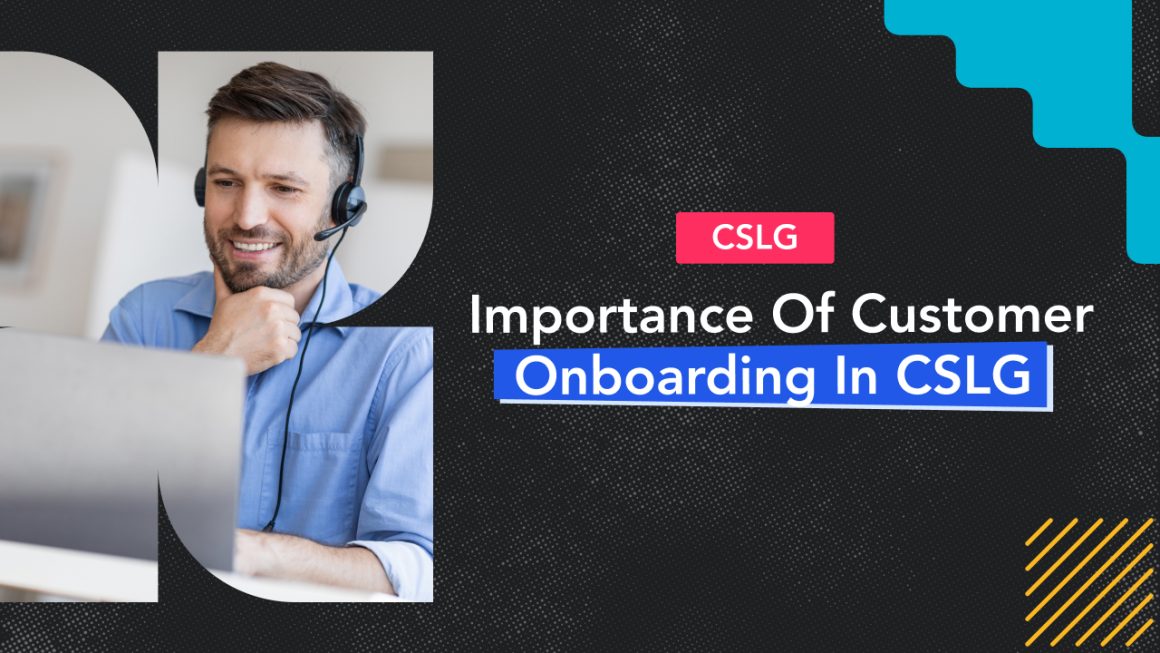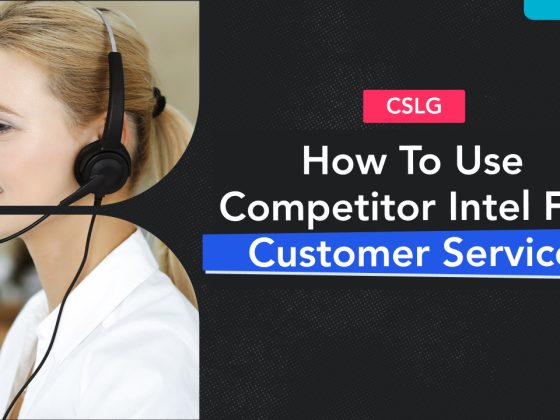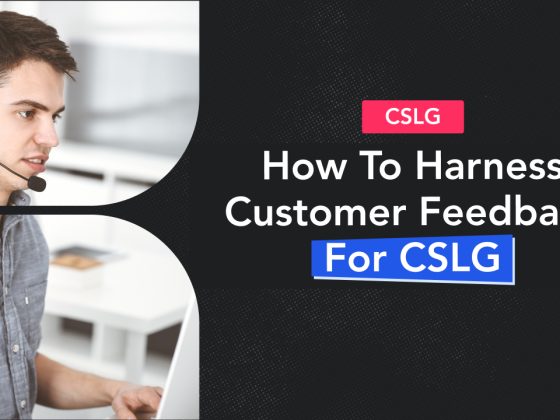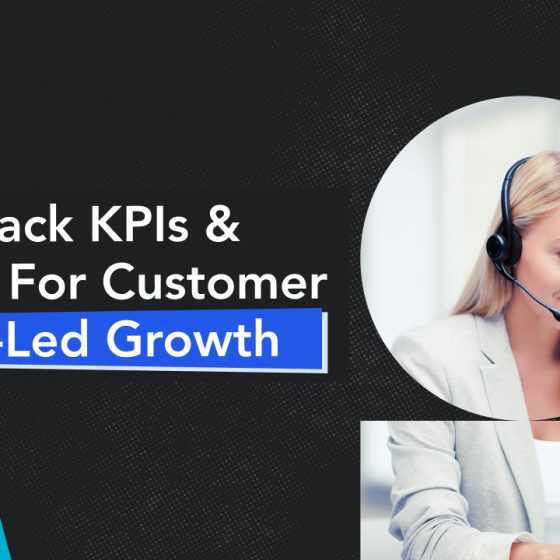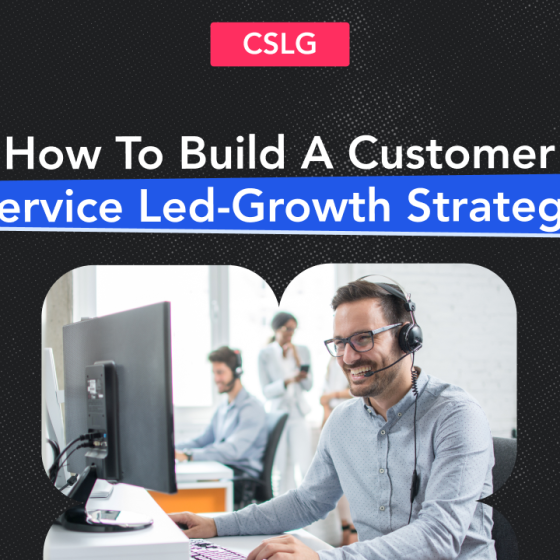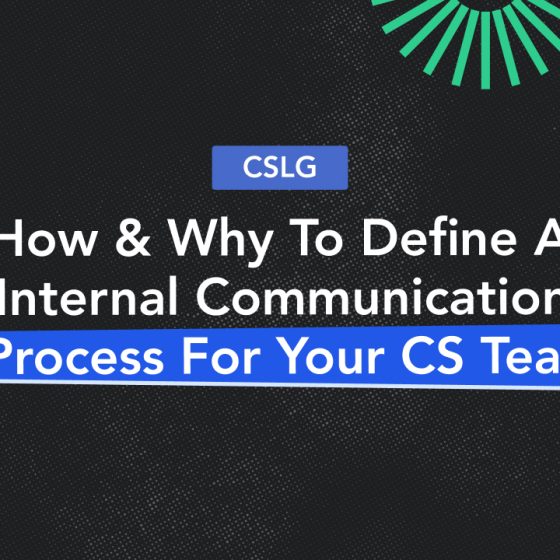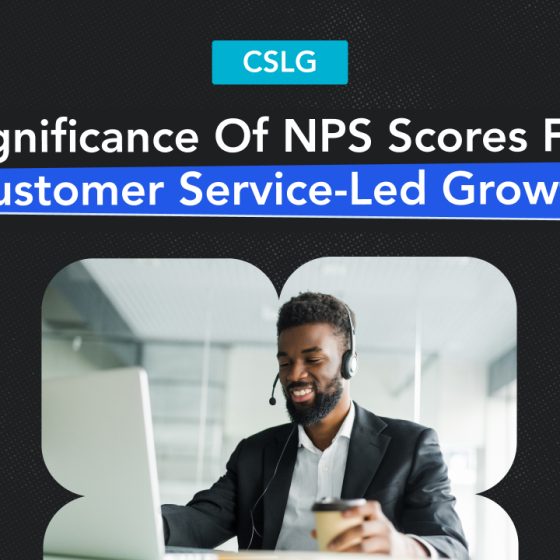Customer onboarding refers to guiding and nurturing customers through initial interactions with your product or service.
It’s like rolling out the red carpet for your customers, helping them get acquainted, understand the value, and maximize the benefits of what you offer. It’s all about setting them up for success and forging long-lasting relationships.
With a well-executed onboarding process, businesses can avoid leaving their customers adrift, struggling to find their way, and ultimately, jumping ship to competitors.
In this blog post, we’ll delve into the importance of customer onboarding in driving customer service-led growth. We’ll explore key elements that make an onboarding process successful, highlighting how each element is vital in enhancing customer satisfaction, loyalty, and overall business growth.
If this is what you were looking for, let’s begin!
The benefits of effective customer onboarding
First, let’s begin with the benefits that you get with effective customer onboarding:
01. Improved customer retention and loyalty
Effective customer onboarding sets the stage for building stronger relationships by establishing a positive and seamless customer experience from the very beginning.
By guiding customers through their initial interactions with your product or service, you demonstrate your commitment to their success.
This attention to detail instills confidence and creates a sense of trust and appreciation, fostering a strong bond between your brand and the customer.
02. Increased customer satisfaction and referral rates
Effective customer onboarding drives customer satisfaction and referrals, which boost the business growth.
By guiding customers seamlessly through the onboarding process and addressing their needs promptly, businesses create a solid first impression, leading to higher customer satisfaction.
Satisfied customers are more likely to become advocates for the brand, recommending it to others based on their positive experiences. These word-of-mouth referrals carry significant weight as they stem from personal satisfaction and trust.
For instance, a SaaS company specializing in project management tools provides personalized training sessions and ongoing support during customer onboarding. This seamless experience leads to quick integration and high satisfaction among customers.
As a result, they become brand advocates, sharing their positive experiences within their professional networks. These recommendations generate new leads and build trust among potential customers, leading to increased conversions and revenue for the business.
03. Better alignment of customer expectations and company goals
Customers who engage with a company usually have certain expectations and goals. These expectations can range from product or service features, delivery timelines, and customer support to the overall experience they anticipate from their interactions with the company.
On the other hand, the company has its own goals and objectives, such as providing high-quality products or services, achieving customer satisfaction, driving revenue growth, and maintaining a positive brand image.
Effective customer onboarding is crucial in aligning these expectations and goals. Here’s how it helps:
- Clear Communication: Transparency helps manage customer expectations from the outset, avoiding potential misunderstandings or disappointments later.
- Customized Approach: Customization ensures that your brand is delivering what the customer expects thereby aligning the offerings with their expectations leading to satisfactory experiences.
- Setting Realistic Goals: Both parties have a shared understanding of what can be achieved and by when. By setting achievable objectives, the company can work towards fulfilling customer expectations without overpromising or under-delivering.
04. Increased revenue and business growth
When the above benefits start flowing in, it leads to increased revenue and business growth. By focusing on providing a seamless onboarding experience, businesses can foster customer engagement, satisfaction, and loyalty. Higher customer retention rates, increased upsell and cross-sell opportunities, positive word-of-mouth, enhanced customer lifetime value, and a competitive edge contribute to revenue growth and long-term success.
Key elements of a successful customer onboarding process
Ready to start building a customer onboarding program? Here are the key elements to be looked at:
01. Clear communication of product or service features and benefits
During onboarding, it is essential to provide customers with a comprehensive understanding of what your product or service offers and how it can benefit them. This transparent communication lets your customer enjoy your brand’s benefits and not wander around wondering what can be done with your product or service.
By effectively communicating the features and benefits, customers can:
- Understand Value Proposition: Clearly conveying your product’s unique features and advantages ensures that they grasp how your offering addresses their pain points and meets their needs, increasing their motivation to engage with your business.
- Make Informed Decisions: Providing them with a detailed overview of features and benefits equips them with the necessary information to evaluate the suitability of your offering, minimizing any potential misunderstandings or mismatches.
- Maximize Product Adoption: When customers clearly understand product or service features, they can better utilize its capabilities. Highlighting the benefits and use cases enables customers to leverage the full potential of your offering, enhancing their overall experience and satisfaction.
To achieve clear communication of features and benefits during onboarding, consider the following approaches:
- Simplify Complex Information: Break down complex features into easily understandable concepts. Use precise language, concise explanations, and visual aids such as diagrams or illustrations to help customers grasp the key points effortlessly.
- Personalize the Messaging: Tailor the communication to each customer’s specific needs and goals. Highlight how your product or service addresses their pain points and provides solutions relevant to their industry or role.
- Provide Engaging Examples: Illustrate the benefits and features with relatable examples or success stories. Demonstrating real-life applications of your offering can help customers visualize how it can positively impact their business or life.
02. Step-by-step guidance through the onboarding process
Step-by-step guidance through onboarding is a key element of a successful customer onboarding process. Providing a structured and guided experience ensures that customers feel supported and empowered as they navigate the initial stages of their journey with your product or service. This approach enhances customer satisfaction, reduces friction, and sets the stage for a strong customer relationship.
Here’s how the step-by-step guidance can be implemented:
- Develop a Clear Onboarding Plan: Create a well-defined onboarding plan outlining the steps and milestones for customers to follow.
- Provide Orientation and Welcome Materials: Start the onboarding process with orientation and welcome materials that introduce customers to your company, product, or service. This can include instructional videos, user guides, or interactive tutorials that familiarize customers with key features and functionalities.
- Break Down the Process into Digestible Steps: Divide the onboarding process into smaller, manageable steps. Present each step clearly, along with the associated tasks, resources, and expectations.
- Offer Personalized Support: Provide personalized support to guide customers through each step of the onboarding process. This can include assigning a dedicated onboarding specialist, offering live chat support, or conducting regular check-ins to address any questions or concerns.
- Utilize Visual Aids and Interactive Elements: Incorporate visual aids, such as infographics or process diagrams, to help customers visualize the progression of the onboarding process.
03. Providing proactive support and addressing customer concerns
A key element of a successful customer onboarding process is providing proactive support and addressing customer concerns. This involves actively engaging with customers, anticipating their needs, and promptly resolving any issues or questions they may have.
By taking a proactive approach to support, businesses can create a positive onboarding experience and foster long-term customer success, loyalty, and growth.
- Identify potential challenges or questions that customers may encounter during onboarding.
- Whether it’s live chat, email support, or dedicated onboarding specialists, ensure that customers can easily access support when needed.
- Actively listen to customer concerns and promptly address them with accurate and helpful information.
- Prepare and set up self-help articles that help them navigate through the technicalities of your product or service.
04. Regular check-ins to assess progress and provide ongoing support
Regular check-ins to assess progress and provide ongoing support are crucial during customer onboarding. These scheduled interactions allow businesses to understand customer progress, address concerns, and offer continuous support.
Regular check-ins serve several purposes:
- Assessing Progress: They help gauge how customers progress through onboarding, promptly identifying any challenges or bottlenecks to address.
- Addressing Concerns: Check-ins provide an opportunity to listen to customer concerns and provide guidance or solutions to overcome obstacles.
- Ongoing Support: They demonstrate commitment to customer success, reinforcing the support provided during onboarding.
- Tailoring the Experience: Insights gathered during check-ins allow for a more personalized onboarding experience.
- Building Relationships: Regular check-ins foster trust, loyalty, and long-term relationships, opening avenues for future growth.
To implement effective check-ins:
- Set a schedule and use various communication channels.
- Prepare relevant questions to structure discussions.
- Actively listen, take notes, and follow up on action items promptly.
Look at how others are doing it
What better way to build your customer onboarding program than to take inspiration from industry leaders? Here are three unique customer onboarding processes we have seen:
The step-by-step guide: Notion
Notion, a productivity tool, is the perfect example of excellent customer onboarding. You get a brilliant welcome email when you sign up for their service. Here’s a snippet from the ones we received:
This email follows you through how to get started with Notion because it does have some complex features for a complete rookie.
Above is just a snippet; the original email follows a series of five steps!
Remember how we discussed effective customer onboarding, instilling confidence, and showing commitment to succeed? That’s precisely what Notion successfully does.
Result: Improved customer loyalty and retention!
Using Video: Headspace
Videos have emerged as a powerful tool for effective customer onboarding, providing engaging and visual content that effectively communicates key information—and Headspace knows that.
When you sign up for Headspace, you get an email that directs you to their video tutorial on how the app can be used.
Incorporating videos into onboarding has helped Headspace enhance customer understanding, improve retention, and drive overall satisfaction.
In-built product guide: Trello
Another way to do effective customer onboarding is to include a guide for your customers inside the product.
This way, they don’t have to skim through emails or videos and can get started with your product asap.
Look at this example from Trello. Trello has placed the instructions for product use inside their “Trello cards” feature. Moreover, additional onboarding instructions for essential, intermediate, and advanced users have also been provided.
This show-and-tell method is excellent to ensure that the user starts using your product right away!
Conclusion
In conclusion, customer onboarding is vital to achieving customer service-led growth (CSLG). By providing clear communication, step-by-step guidance, proactive support, addressing concerns, and conducting regular check-ins, businesses can create a positive onboarding experience that fosters customer satisfaction and loyalty.
The benefits are immense including increased revenue, higher retention rates, and enhanced customer lifetime value. Invest in refining your onboarding process, personalizing communication, and leveraging technology to streamline the journey.
By taking action and focusing on customer onboarding, you’ll lay a solid foundation for sustainable growth, exceptional experiences, and long-term success. Set sail now and unlock the potential of customer onboarding using Helpwise today.
